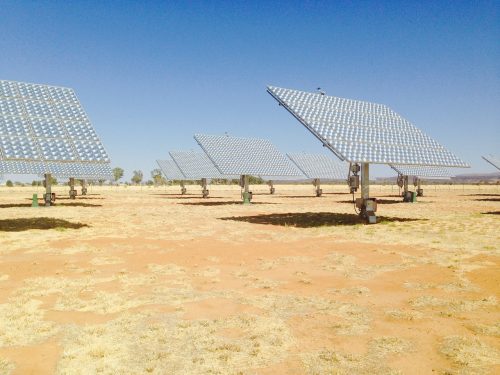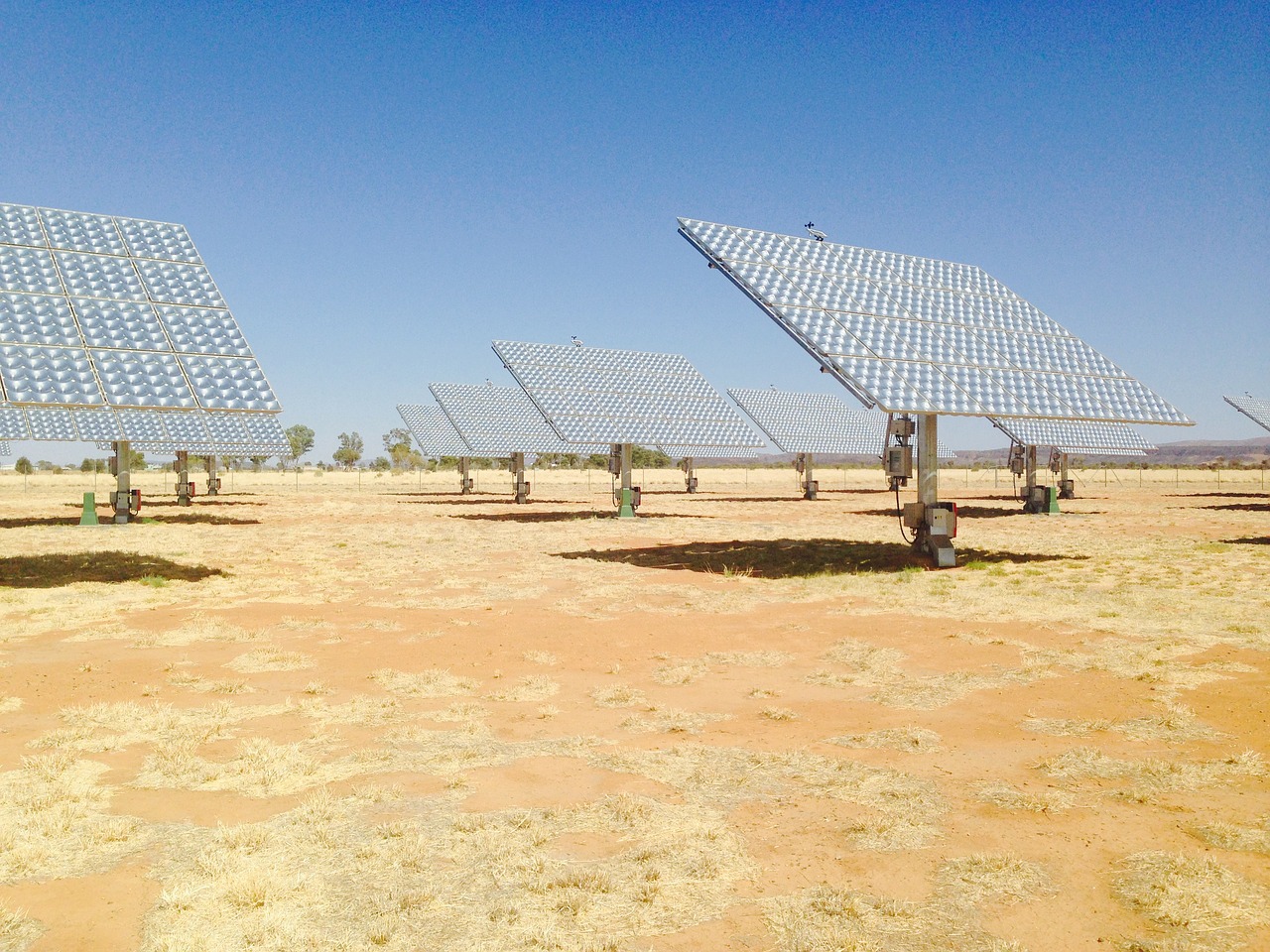The idea of using ammonia to store energy from renewables such as solar and wind is gaining ground, with Australia emerging as a key player.
Traditionally a land abundant in fossil fuels, Australia also has enormous potential as a source of renewable energy.
 Australia is developing technology for using ammonia as a carbonless fuel for storing and transporting energy captured from renewables such as sunlight. Image: pixabay-1593008
Australia is developing technology for using ammonia as a carbonless fuel for storing and transporting energy captured from renewables such as sunlight. Image: pixabay-1593008
Its solar radiation per square metre is the highest of any continent and its southern regions from east to west are home to some of the “best wind resources” in the world.
Renewables and energy storage
There is a view that Australia could capitalize on this mostly untapped resource – not only to produce clean energy for its own use – but also for export.
A major challenge to making best use of green energy from the sun and wind is the problem of storage.
With cost-effective storage you can smoothly match supply to demand and save surplus for another day. In addition, if that storage is also transportable, you can sell it to other users far away.
This potential was recently recognized by the Australian government.
In May 2017, the Australian Renewable Energy Agency (ARENA) launched a plan detailing the “investment priorities” for just under A$800 million of funding.
ARENA CEO Ivor Frischknecht said at the time that “Australia will be ideally positioned to export renewable energy as primary energy (for example as hydrogen or ammonia) or embodied in processed raw materials.”
Ammonia as carbonless fuel
Fossil fuels come from plants that long ago stored energy from the sun in chemical bonds. They are a readily storable and transportable source of energy. But, because they contain carbon, burning these fuels increases the amount of the greenhouse gas carbon dioxide (CO2) in the atmosphere.
Australia – like many other countries that have signed up to reducing carbon emissions – is committed to pursuing greener ways to produce and store energy.
The primary contender for carbonless, green energy storage is liquid hydrogen (H2). This simple molecule comprises just two atoms of hydrogen joined by a single chemical.
However, H2 is not as energy dense as ammonia (NH3), a compound of nitrogen and hydrogen that has three chemical bonds. But, for historical reasons, NH3 as a green fuel has lingered in the background, while H2 has attracted much attention and investment.
Now that could be about to change, thanks in part to the efforts of an Australian team based at Monash University in Melbourne.
Ammonia fuel cell
Professor Doug MacFarlane and his team are developing a fuel cell that transforms electricity from renewables into ammonia.
The device, which is about the size of a large smartphone, makes ammonia by taking nitrogen from the air and adding hydrogen that has been electrically extracted from water.
Prof. MacFarlane likens the process to “breathing nitrogen in and breathing ammonia out.”
He and his team are developing the technology as a more attractive alternative to the Haber-Bosch process, the primary method of ammonia production for the last 100 years.
The Haber-Bosch system has been very successful at producing ammonia for the fertilizer industry.
But the process is carbon-intensive. It uses H2 made by mixing coal or natural gas with high-pressure, super-heated steam. The reaction produces CO2 as a byproduct.
The N2 is easily extracted from air. But then, to make the N2 react with H2, the process needs to consume more fossil fuel – resulting in further CO2 emissions – to generate the pressure required.
There are ways of making the Haber-Bosch process less carbon-intensive. For instance, the H2 could come from splitting water with help from electricity produced by renewables.
But, as the pressure to de-carbonize grows worldwide, the likelihood is that demand will grow for ammonia that is produced – like Prof. MacFarlane’s fuel cell – from air, water, and electricity, without carbon.
Video – Ammonia as carbonless fuel
The following video from Science Magazine explains the principle of renewable ammonia and some of the work that is going on in Australia. It also explains how Prof. MacFarlane’s ammonia fuel cell works.

